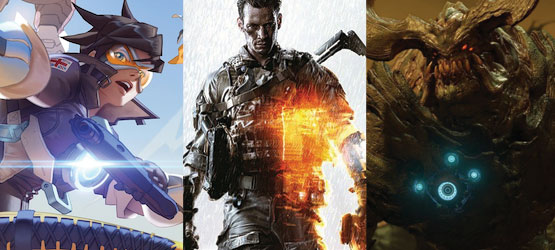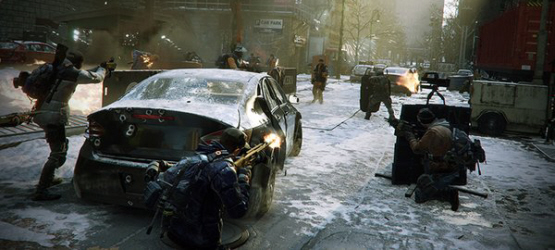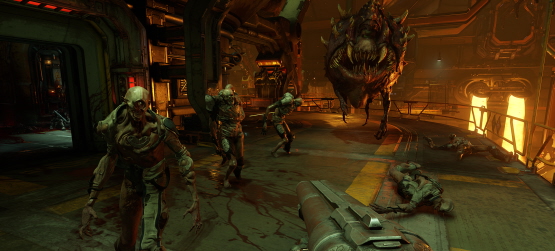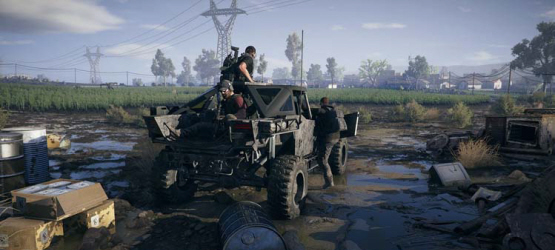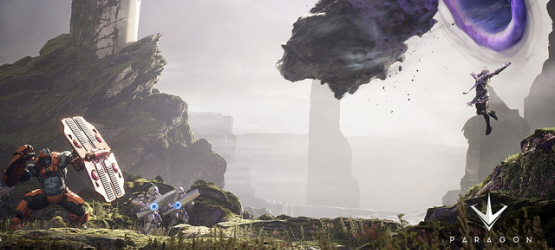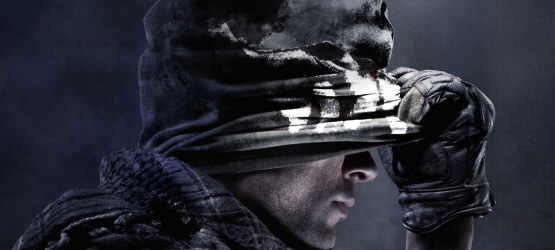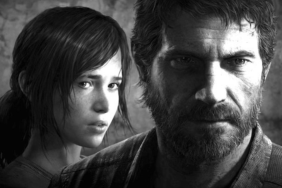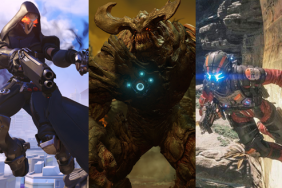If 2015 played host to a diverse array of open-world experiences — The Witcher 3: Wild Hunt, Fallout 4, The Phantom Pain, Mad Max — then the one genre that looks set to occupy the mind’s share of 2016 is first and third-person shooters. Providing everything arrives on schedule, the next ten months will herald Bethesda’s long-awaited franchise revival with Doom, Battlefield 5, DICE’s tentpole military shooter that is returning to the fray following a two-year hiatus, any many, many more.
We say a two-year hiatus because, of course, while DICE wrangled Star Wars Battlefront into shape, Dead Space studio Visceral Games steered the Battlefield franchise off the beaten track with last year’s crime caper, Hardline. And so, for the first time in three years, fall 2016 will set the stage for Call of Duty and Battlefield — undoubtedly the two genre titans of the modern age — to duke it out for shooter supremacy.
Divisive though they may be, BF5 and Infinity Ward’s Call of Duty will no doubt draw much of the mainstream’s attention later in 2016, dominating sale charts long into 2017 in the process. Even still, if gung-ho military shooters don’t suit your fancy, the genre’s slate for this calendar year is enough to leave our wallets weeping and trigger fingers twitching. But will it be a defining one?
Return of the King?
Let’s set out the stall. Chronologically speaking, Ubisoft’s The Division hits the market first early next month. Eyeing the chance to dethrone Destiny as the biggest IP launch ever, the publisher has set the bar awful high (too high?) when it comes to its post-pandemic shooter. There is, however, one potential hitch to that bullish forecast — launch woes. With a persistent online world underpinning The Division, anything less than a smooth opening could clip the wings of Ubisoft’s franchise-starter before it even gets going. As Street Fighter V proved — no, reaffirmed — those formative launch days for an online-centric title are of the utmost importance.
Crippling technical issues beyond the inevitable and minor niggles are perhaps the one major concern casting a shadow over Ubisoft’s ravaged rendition of New York. That, and The Division’s post-launch support. Because of its MMO-lite nature — the loot, the surface-level story, the persistent open world — The Division is already being held up as this year’s Destiny.
Whether that’s considered flattering or derogatory is something we’ll leave to you, but whereas Bungie’s shared-world shooter can brainstorm plans for all manner of stories and legends across different galaxies, The Division is rooted in a very real and very bleak depiction of the Big Apple. Plans for three expansions are currently in place, but there’s only so much creative wiggle room you can spare when aligning your fictional setting so close with reality.
The Dark Zone, then, will quickly become a hotbed of infectious activity once players chew through the story content, though Ubisoft will likely take a string of Spinmetal out of Bungie’s book when it comes to community playlists, themed events and the like. It really comes down to whether said content can be as playful and light-hearted as that found in Destiny.
Mutilated Pioneer
One shooter that is about as far removed from light-hearted fluff as you can find is Bethesda and id Software’s Doom. After languishing in development hell for close to a decade — it was first announced as Doom 4 in 2008 — the early vision for the reboot steered it in a direction reminiscent of Call of Duty; heavily scripted action sequences and cinematic effects. Sources close to production claimed mismanagement led the proposed revival astray, but fast forward to now and after a complete overhaul, there’s now a genre-defining heritage fuelling the fires of Doom 2016.
“Badass demons, big effing guns, and moving really fast” have been the design pillars of the Doom franchise since day one, and it’s a time-honored custom that Bethesda will look to uphold in a few months’ time. It’ll be appealing to a more mature audience, of course, and not just because of the wonderfully OTT violence.
Having already resurrected a dormant icon with Wolfenstein: The New Order, id Software’s inimitable and hellish series is entering an ever more crowded genre in 2016. This is, after all, the first mainline installment in the Doom franchise since 2004, and while nostalgia will be a big draw for lapsed fans, a handful of naysayers have lamented the lack of atmosphere in those early sizzle reels. Judging a game by its trailer — a vertical slice specifically designed to appeal to as wide an audience as possible — would be foolish, but the question of whether the shock value of massacring demons will undermine the horror and heightened tension in the story remains.
Potential pitfalls? Box art aside, the sequel-cum-reboot formerly known as Doom 4 could launch as an unholy flash in the pan.
Emerging from its own stint in development hell, and onto the market only a few days after Bethesda’s gun-toting hellspawn, is Homefront: The Revolution. A sequel to the 2011 cult shooter, The Revolution initially set up shop at Crytek UK. But when financial woes threatened the future of both studio and game, Deep Silver stepped in to acquire the IP and overhaul Crytek UK entirely to become Dambuster Studios.
If its predecessor toyed with the Red Dawn scenario, Homefront: The Revolution embraces that idea of a foreign power invading American soil with two grubby hands. Situated in the year 2029, Dambuster’s follow-up chronicles Philadelphia’s fall to the Greater Korean Republic, spawning a scrappy fight for survival across a dark and dreary open world setting.
At last year’s EGX, I got the chance to play an early build of The Revolution and, honestly, it failed to leave a lasting impression. Beyond the guerrilla warfare and some novel weapon customization, the aesthetic and gameplay were fairly dated, resulting in a shooter that wouldn’t have looked out of place, say, five years ago.
Break the Mold
There were some signs of potential, of course, with a nighttime assault on a GKP convoy serving as the highlight, as you rained down explosive barrels from a nearby rooftop. Indeed controlling a member of the resistance is intriguing precisely because you’re forced to stick to the shadows, employing tactical ambushes to chip away at enemy defences rather than going in guns blazing.
That’s a marked change of pace from the corridor shooter formula that has defined Call of Duty and Battlefield for years on end. Both are on course to return later in 2016, and as we mentioned before, DICE’s military sequel will be hitting the frontlines from a brief respite. In that downtime, even when factoring in the release of Hardline, demand for Battlefield has grown organically, whereas the Call of Duty of 2016 is gunning to prove that the franchise’s three-tier cycle has negated the need for Activision to ease off the accelerator.
Speaking of which, Ubisoft’s somewhat unsurprising decision to send Assassin’s Creed on a one-year hiatus means that Ghost Recon Wildlands, the company’s open world tactical shooter, will likely arrive in the latter stages of 2016. Taking place across the rolling hills of Bolivia, Wildlands sends a group of elite soldiers off the books to bring down a nefarious drug cartel.
Kicking the futuristic setting of Advanced Warfighter and Future Soldier to the curb, Ubisoft’s South American excursion features four-player co-op and your standard open world tropes — a day/night cycle, along with outposts to siege and NPCs to befriend. The result is a Ghost Recon title that, yes, takes small design cues from the company’s other tentpoles, but Ubisoft is championing Wildlands as its most diverse and reactive open world to date, and it’s one we can expect to take center stage during E3 2016.
Looking beyond those parameters, though, and you’ll find Sony San Diego and David Jaffe’s impassioned third-person arena shooter, Drawn to Death. First showcased during PSX 2014, the über-stylish free-to-play offering is hailing from the Bartlett Jones Supernatural Detective Agency, and on the surface Jaffe’s punk cocktail reads like an adolescent fever dream. Every world, weapon and nightmarish character is stylized to resemble the ink doodling found in a teenage sketch book, and there’s a healthy dose Quake-inspired competitiveness underpinning the graphic action on screen.
Skill is deemed to be paramount in Drawn to Death, and while many expected Bartlett Jones’ new IP to be out in the wild by now, should David Jaffe and the team strike a chord between accessibility and sheer fun, they channel that wonderfully addicting gameplay loop that helped propel Rocket League to stardom.
Remaining in the same ballpark, Epic Games’ Paragon is gunning to bring a stylised twist to the burgeoning MOBA console scene. It’s by no means the only title to do so in 2016, after Hi-Rez recently announced plans to port Smite to PlayStation 4, but as the creative minds behind Unreal Tournament, there’s a crackle of excitement swirling around Epic’s genre hybrid — even if some still remember it for closing out Sony’s PSX 2015 presser.
Rubbing shoulders with Paragon is fellow hero shooter Overwatch. But unlike Epic Games’ sci-fi IP, Blizzard’s cooperative shooter will release as a fully-fledged $60 title. Buoyed by the barnstorming success of Diablo 3’s console launch — still one of, if not the best couch co-op experiences on PS4 — Overwatch has already garnered a fair chunk of goodwill following a recent beta test. Plus, Blizzard has churned out hit after hit in recent years, and if the studio wasn’t already synonymous with polished and addicting experiences, then Hearthstone and Heroes of the Storm drove that point home.
Console MOBA — Yay or Nay?
It will, however, be arriving on the heels of Gearbox’s long-awaited Battleborn, a hero shooter that bears many similarities to its MOBA brethren. Chief among them is the premium $60 price tag. Now granted, with the same creative team and even art style from Borderlands, Battleborn will immediately attract that core audience with a larger-than-life story mode, wonderfully wacky characters and more.
Indeed those involved have been careful to differentiate Gearbox’s hero shooter from its genre contemporaries, and the inclusion of Toby, the battle-ready penguin in a mech suit, is enough to sell Battleborn’s innate personality and character. Without question, moulding its new IP around the MOBA template is Gearbox’s way of launching its new IP to as wide an audience as possible, but can it really compete on such strong competition? On the face of it, I’m not so sure.
Nevertheless, by taking a step back to examine the big picture, 2016 has all the makings to be a defining year for shooter genre. By simultaneously resurrecting dormant classics (Doom), expanding the genre into largely uncharted territory on consoles (Overwatch) and championing passion projects (Drawn to Death), it’s fair to say that the current software slate holds something for every shooter fan.
And though there was a general feeling of fatigue coming out 2015 due to the cavalcade of open world titles — The Phantom Pain, Mad Max and Fallout 4 made for a pretty hefty one-two-three punch during the fall — FPS remains one of the most lucrative and popular genres in console gaming, even when you factor in its incremental evolution over the years. Oh, and did I mention that Destiny is poised to get a Taken King-styled expansion in the fall? Yeah, it’s time to lock and load.
Related Reading:
- Top 5 Tweaks We Want to See in The Division Based on the Beta
- Versus – Call of Duty vs. Battlefield
- Everything Wrong With Call of Duty: Black Ops 3
Upcoming PS4 Games of 2016 & Early 2017
-
Upcoming PS4 Games of 2016 & Early 2017
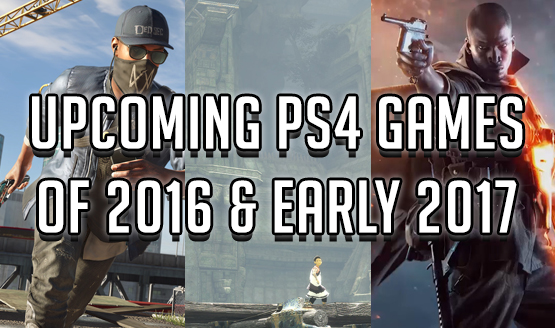
-
LEGO Star Wars: The Force Awakens (PS4) - June 28, 2016
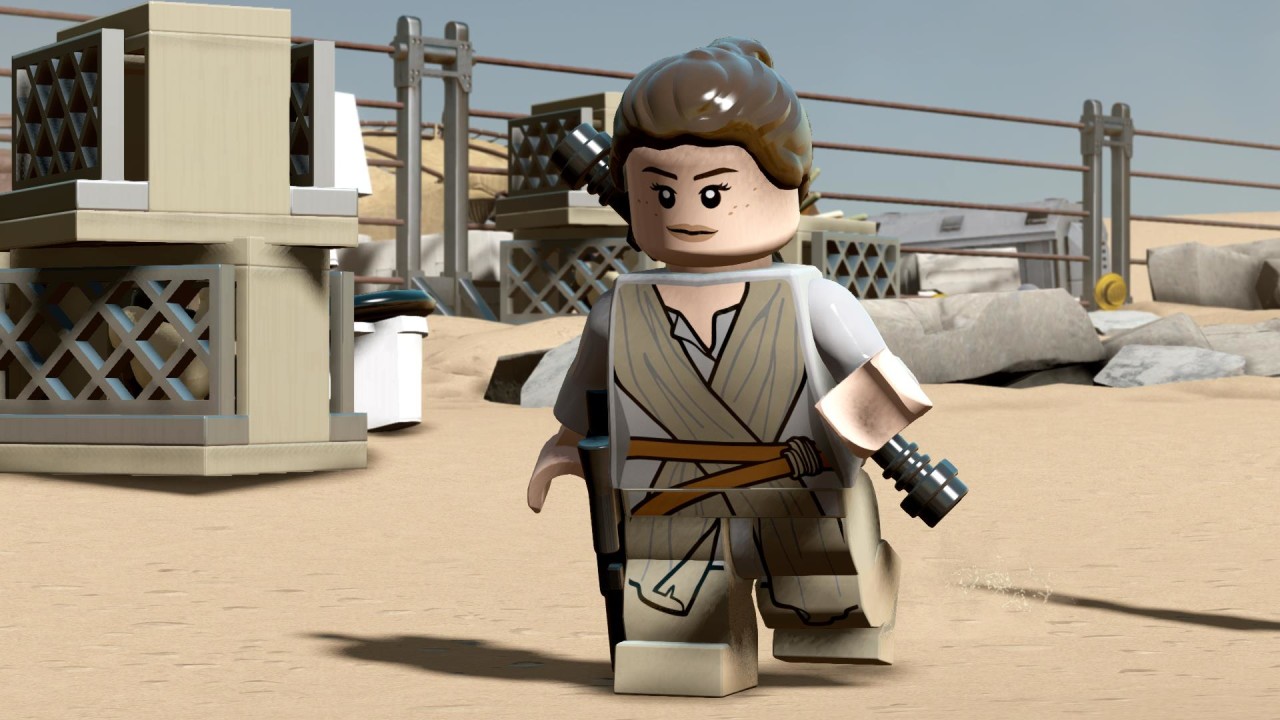
-
Resident Evil 5 (PS4) - June 28, 2016
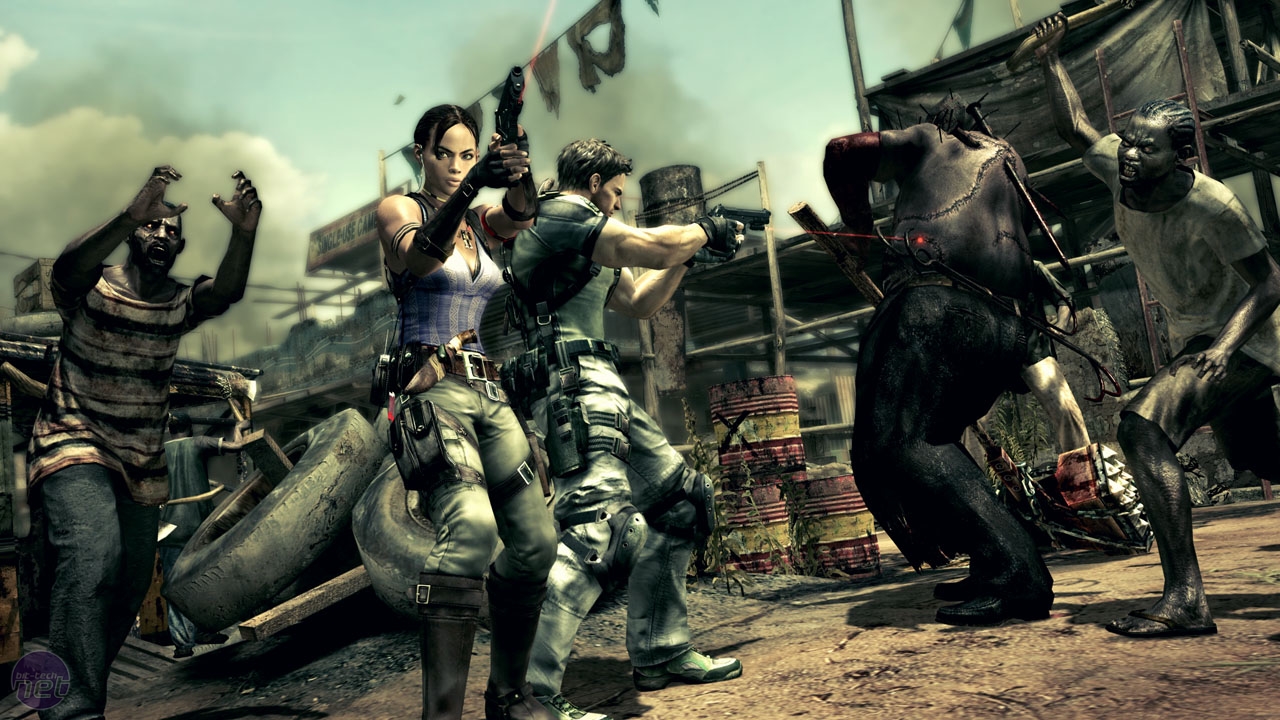
-
Star Ocean: Integrity and Faithlessness (PS4) - June 28, 2016
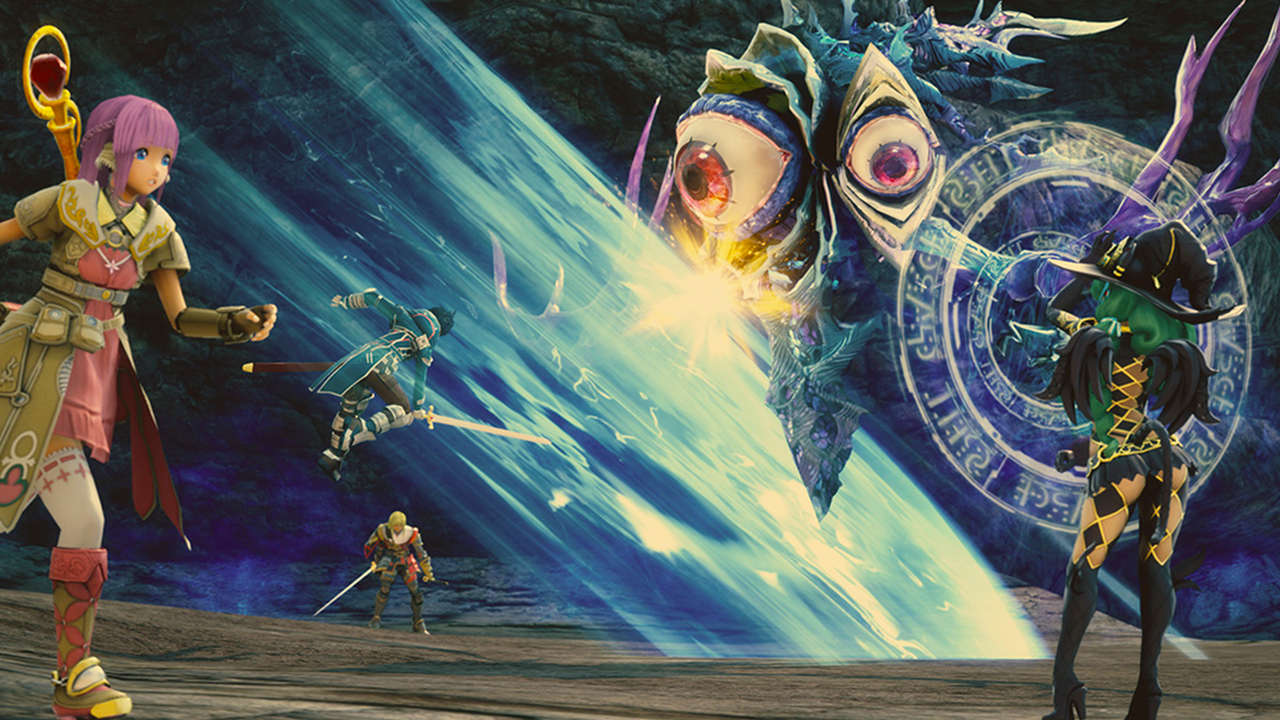
The Star Ocean JPRG series continues with Star Ocean: Integrity and Faithlessness.
PlayStation LifeStyle's Heath Hindman previewed the game during TGS 2015. You can read his his thoughts on the game here.
Click here for all news surrounding this title.
-
Song of the Deep (PS4) - July 12, 2016
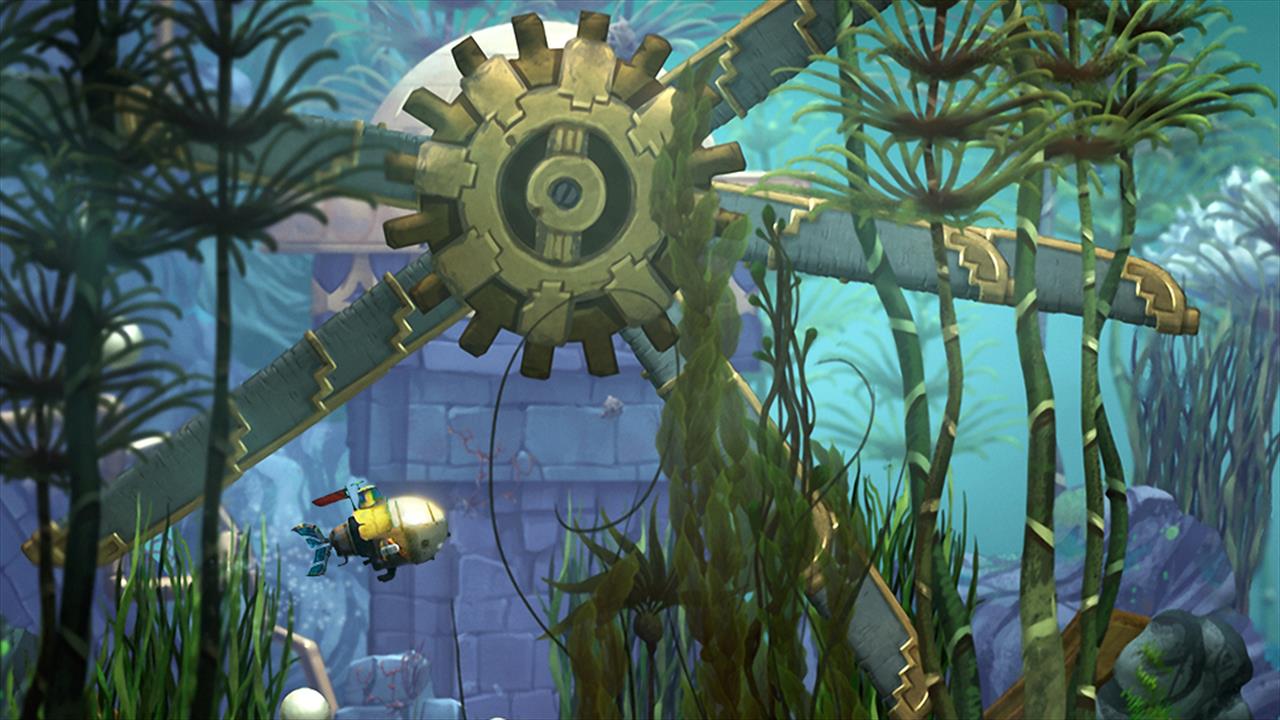
-
Indigo Prophecy (PS4) - July 18, 2016
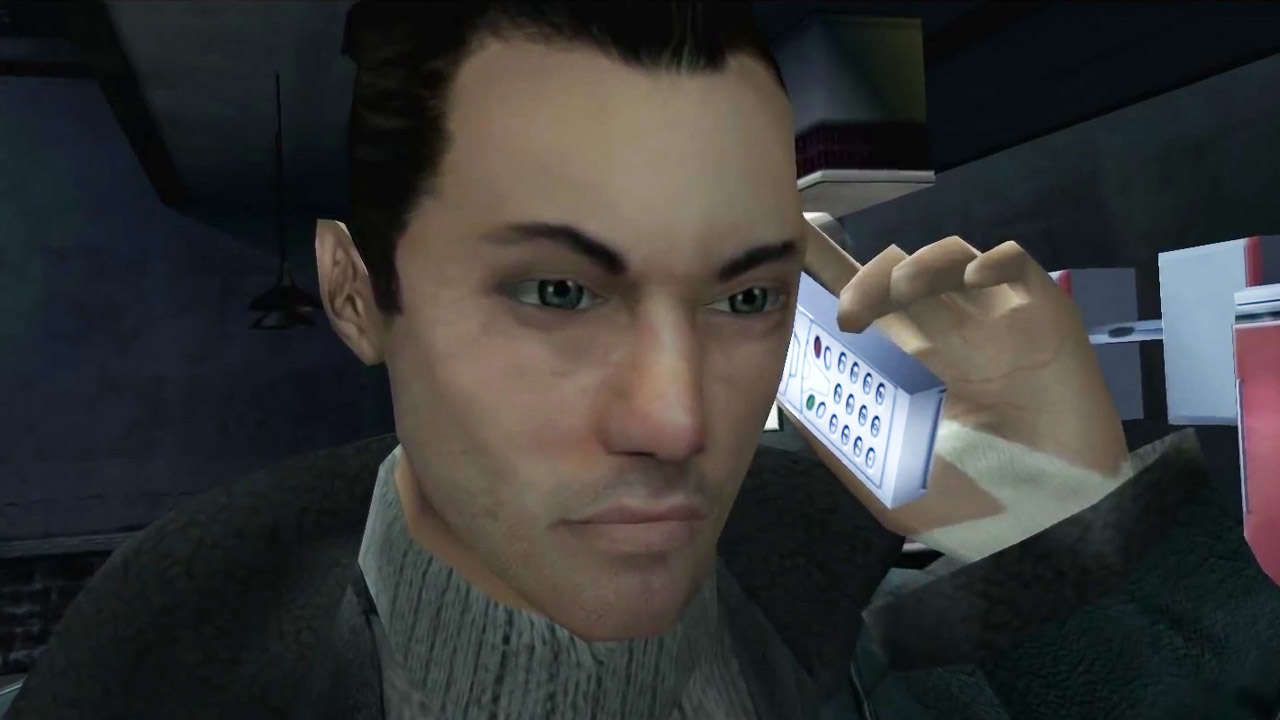
-
The Banner Saga 2 (PS4) - July 26, 2016
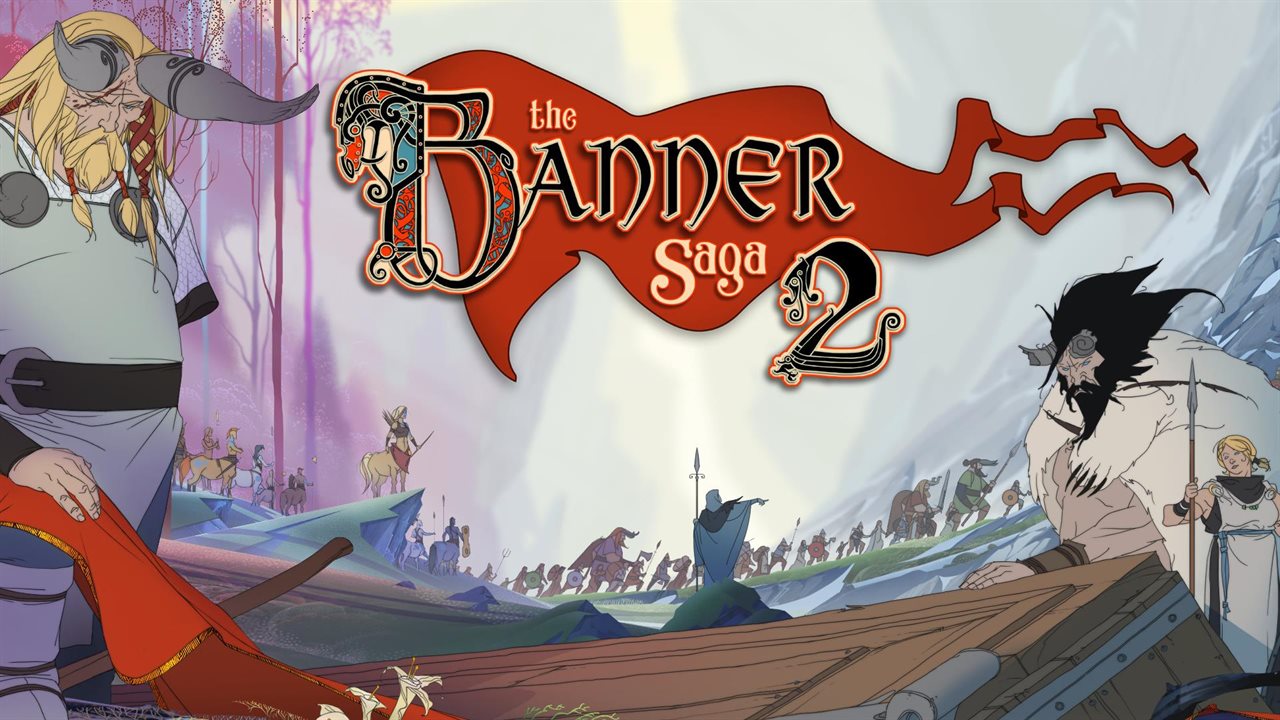
-
Batman: Return to Arkham (PS4) - July 26, 2016
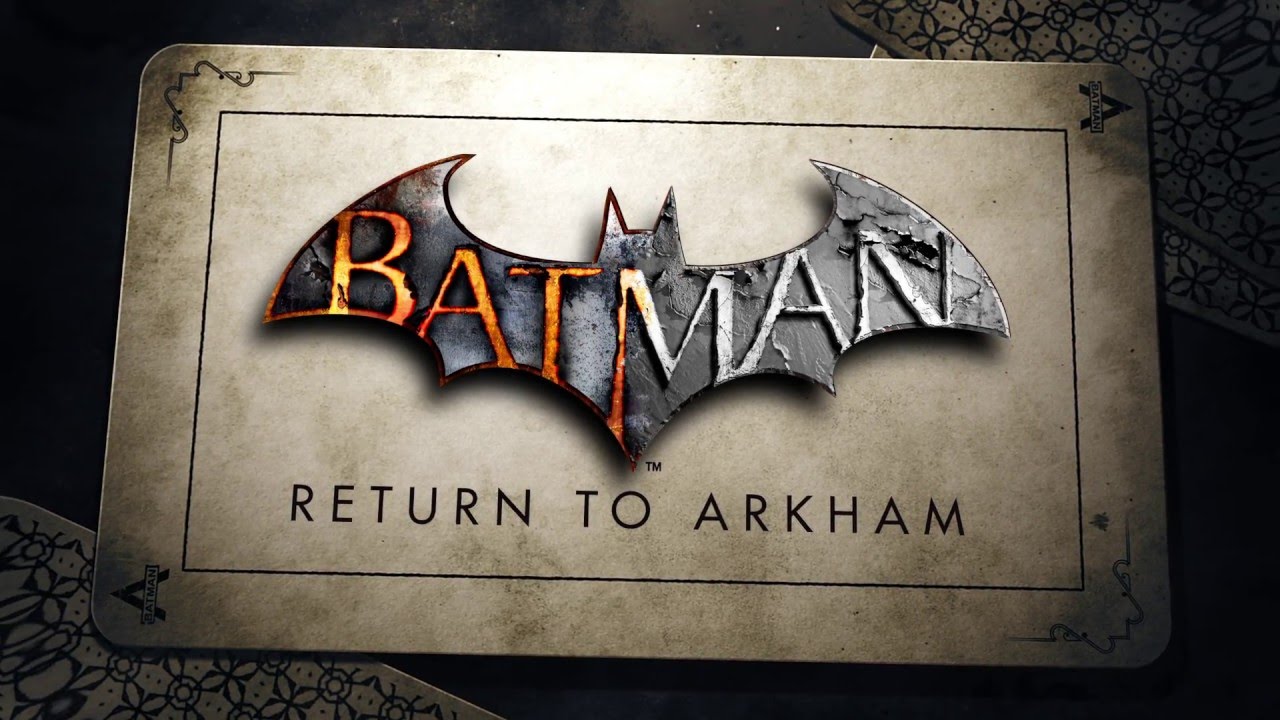
-
No Man's Sky (PS4) - August 9, 2016
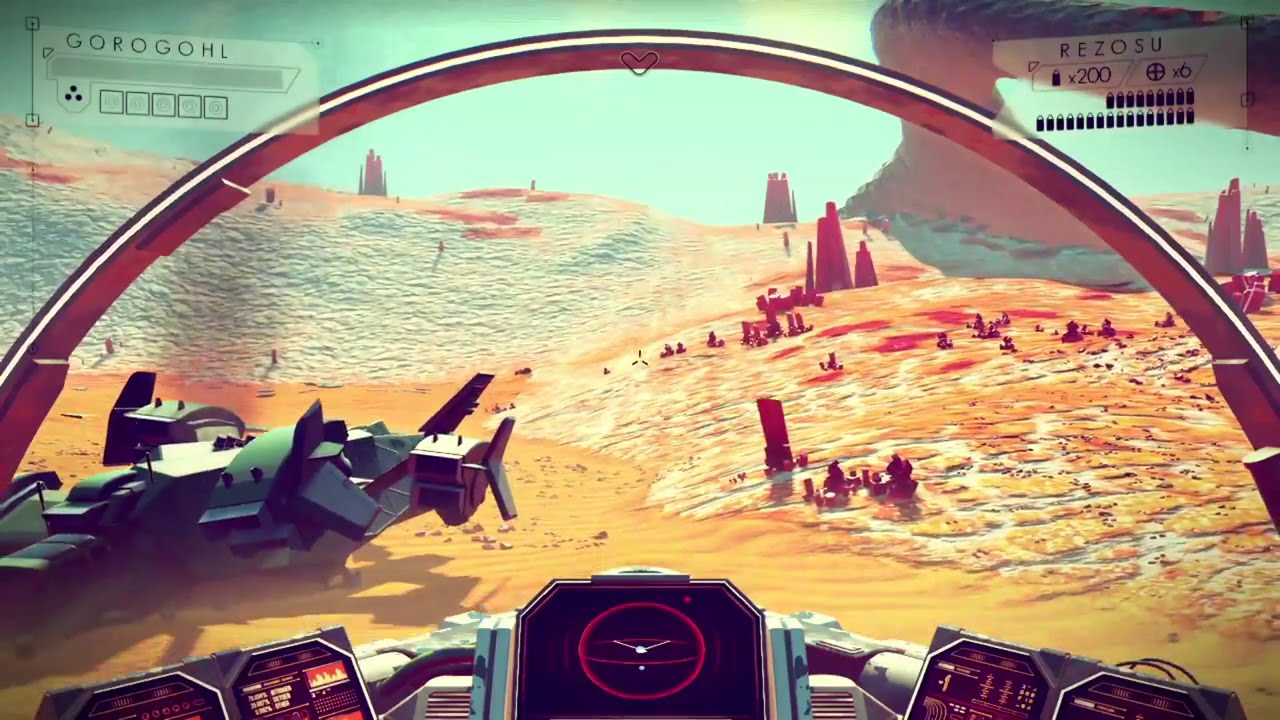
Is there really anything more we can say about No Man's Sky that hasn't been said before? Hello Games' sprawling space sim has captured the imagination of an entire industry with a string of stellar gameplay teasers.
Thrusting players on a mission to journey to the center to the universe, uncovering all manner of alien worlds and exoplanets in the process, No Man's Sky is defined by its sprawling freedom, and the idea of discovering a procedurally generated planet for the very first time is nigh on intoxicating.
Even still, there's a hefty weight of expectation resting on the shoulders of the studio's sophomore title, and a prolonged development hasn't exactly aided the situation. Could we be experiencing No Man's Sky on PlayStation VR?
Check out the No Man's Sky page for all the news surrounding the game.
-
Deus Ex: Mankind Divided (PS4) - August 23, 2016

While Deus Ex: Mankind Divided might have been featured repeatedly due to its big pre-order brouhaha, people might forget that the first game in the reboot, Deus Ex: Human Revolution was a good game that steered the franchise back into relevancy.
Will Mankind Divided fare the same? Based on our preview, Eidos Montreal is on the right track.
Every cybernetic update (latest post/vids) for Adam Jensen can be read here.
-
The King of Fighters XIV (PS4) August 23, 2016
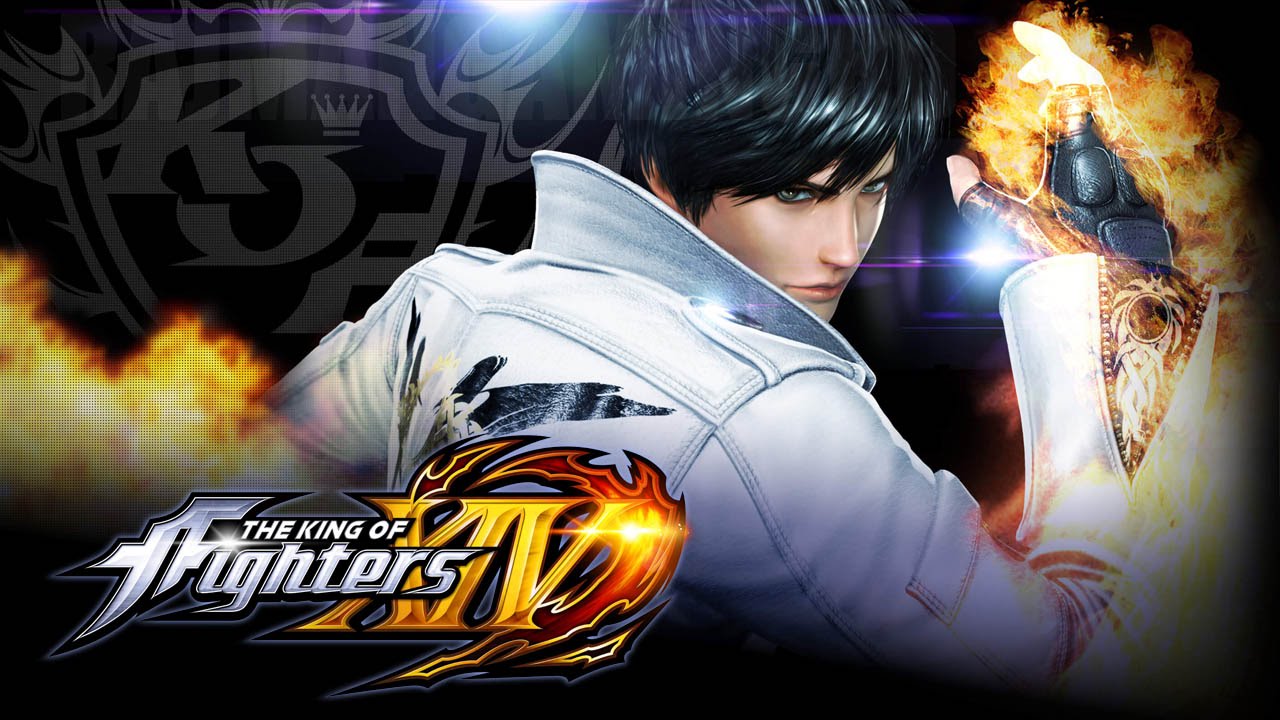
-
Attack on Titan (PS4) - August 30, 2016
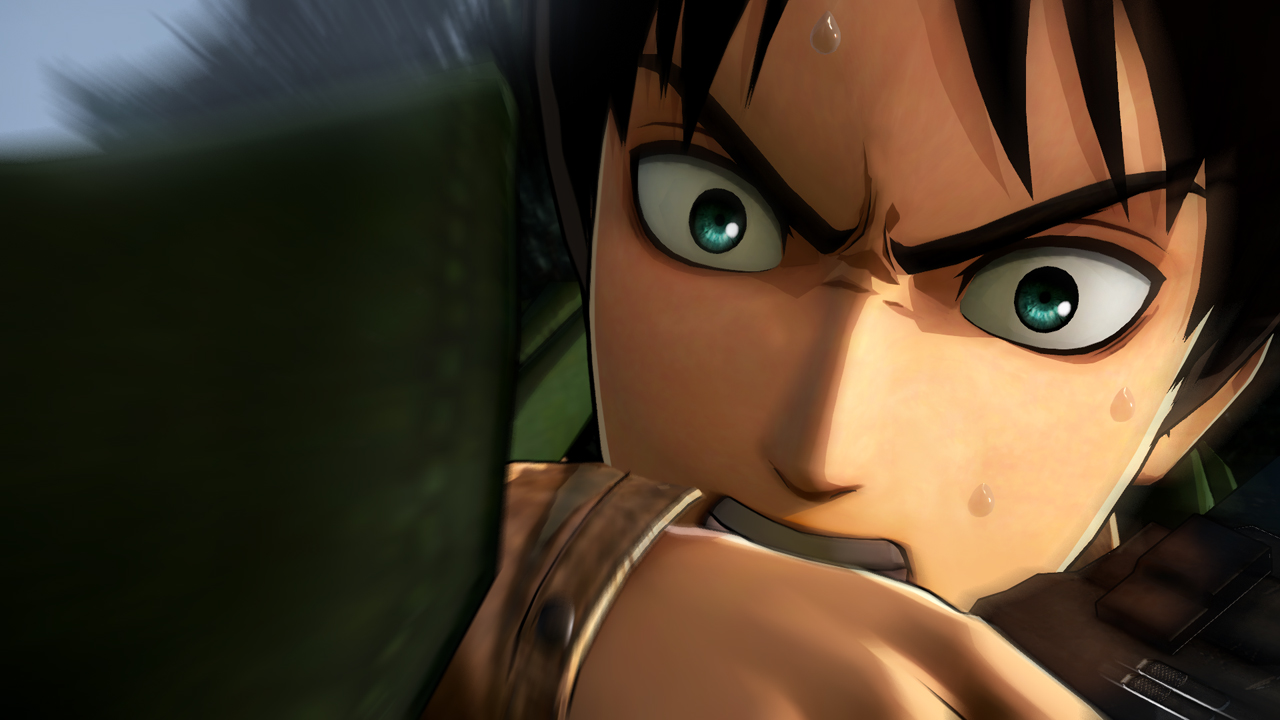
-
Hatsune Miku: Project Diva X HD (PS4/Vita) - August 30, 2016

-
XCOM 2 (PS4) - September 6, 2016
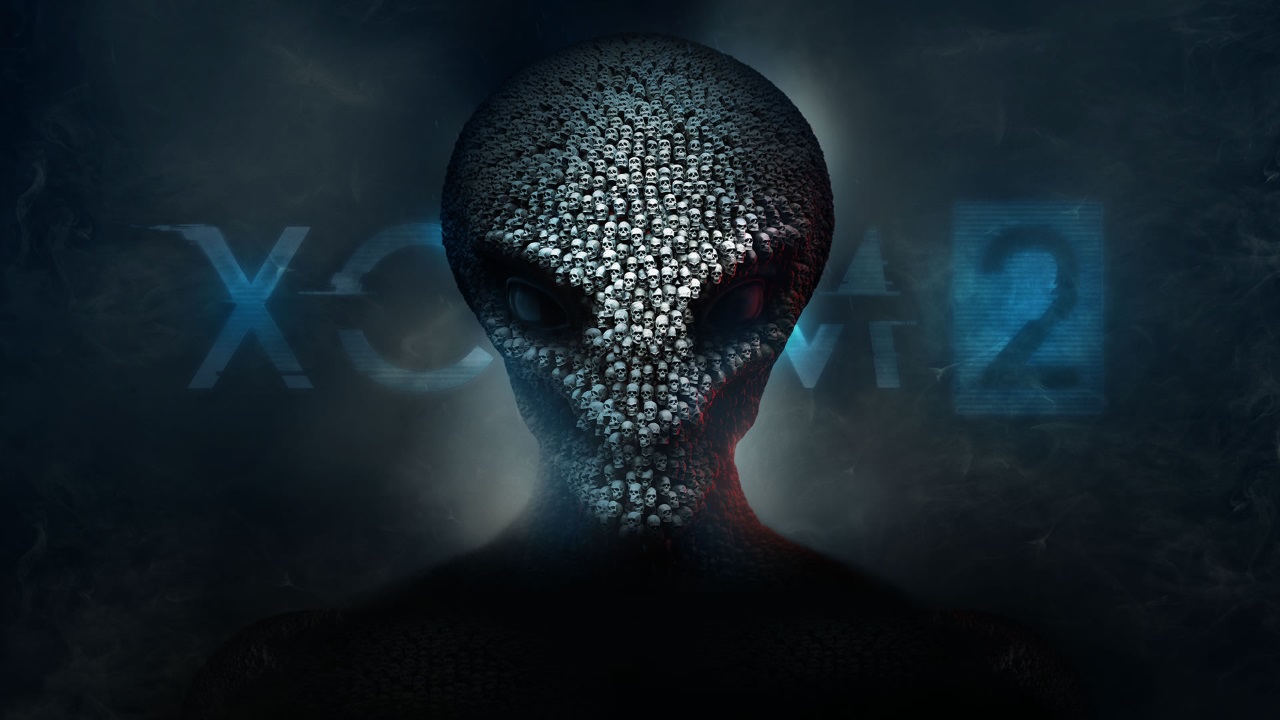
-
NBA 2K17 (PS4) - September 20, 2016
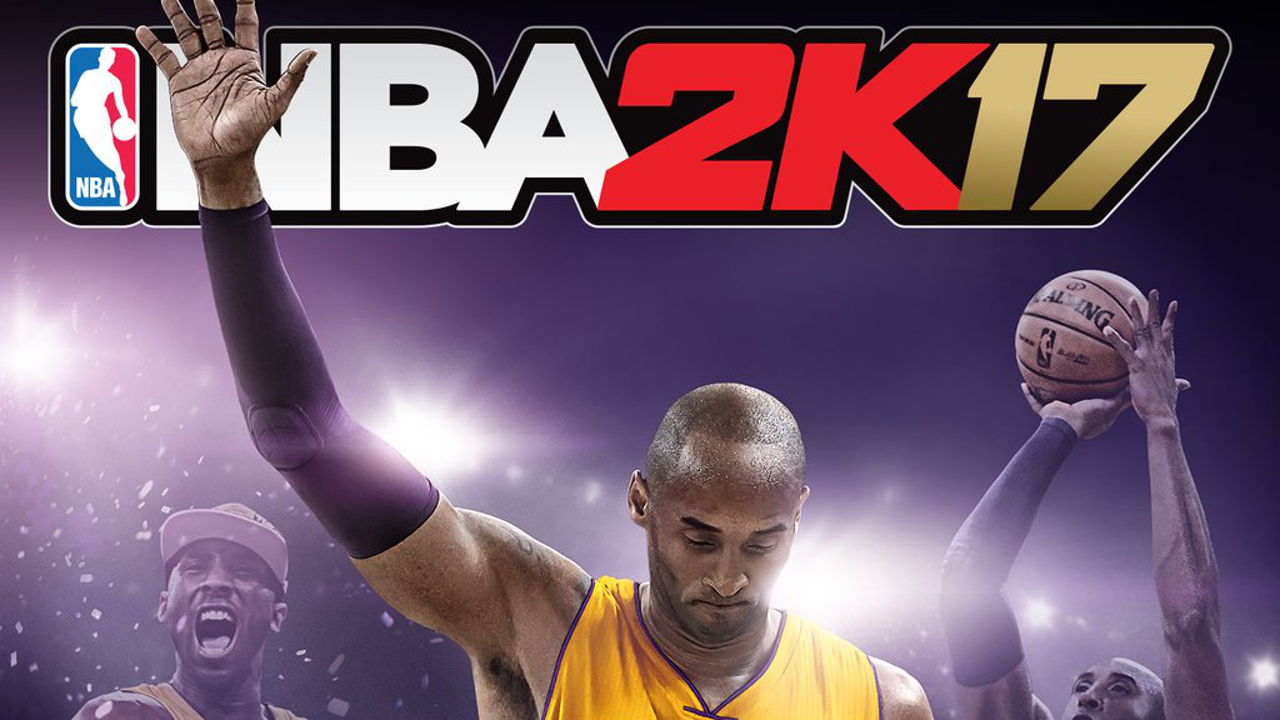
-
FIFA 17 (PS4) - September 27, 2017
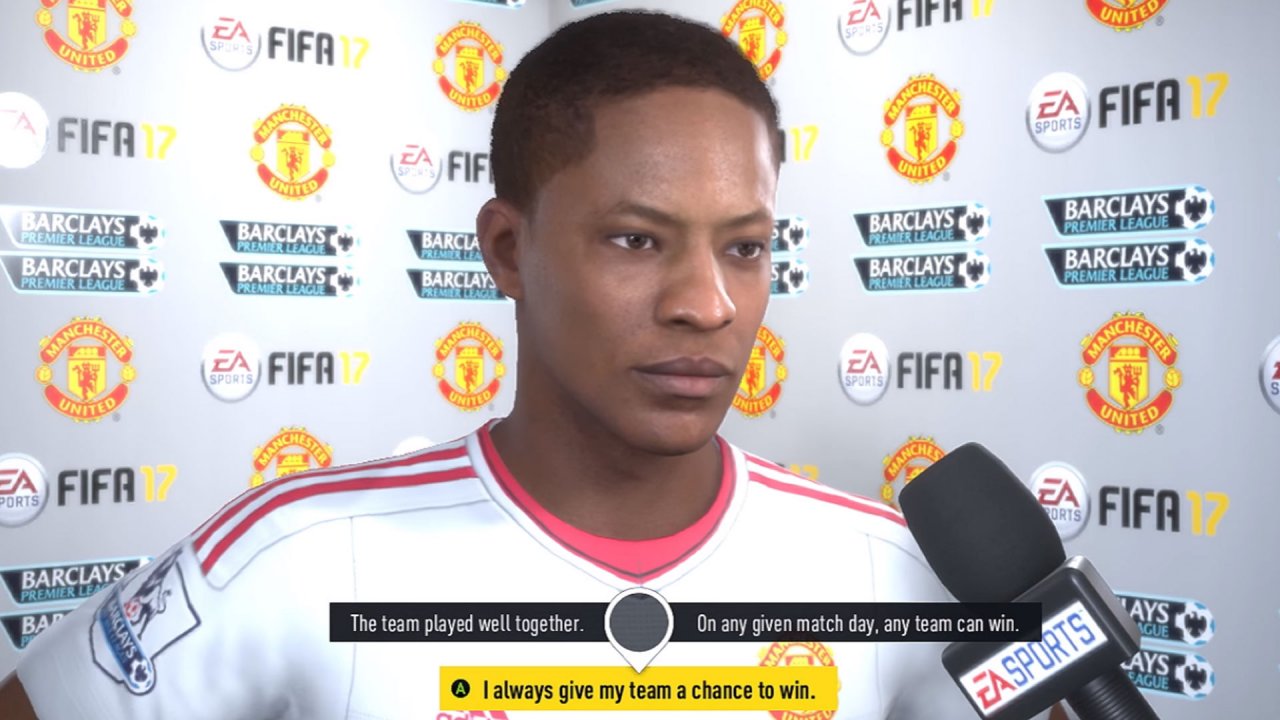
-
Final Fantasy XV (PS4) - September 30, 2016
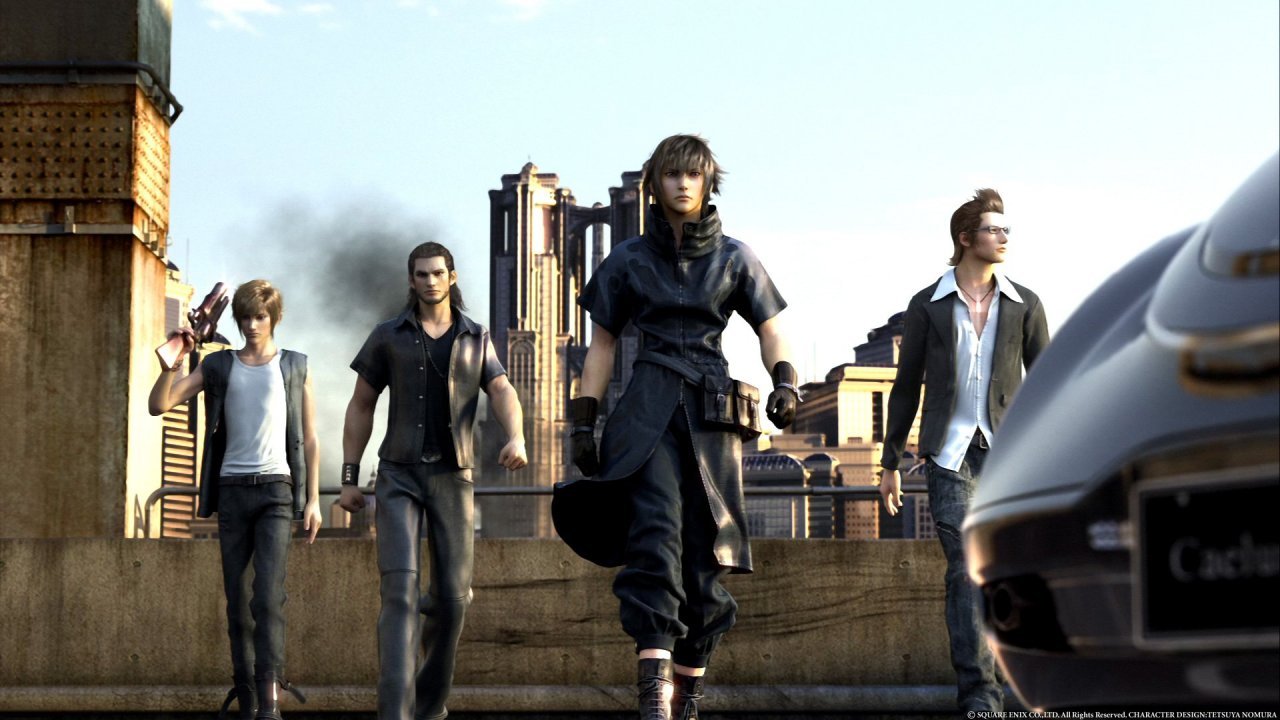
It has only been 2 years shy of a dozen since Final Fantasy XV was first announced as Versus XIII, but it looks like it will finally release this year. With a fun combat system and an interesting group of characters, XV is shaping up to be a solid RPG entry.
You can check out all our updates on Final Fantasy XV here.
-
Mafia III (PS4) - October 7, 2016
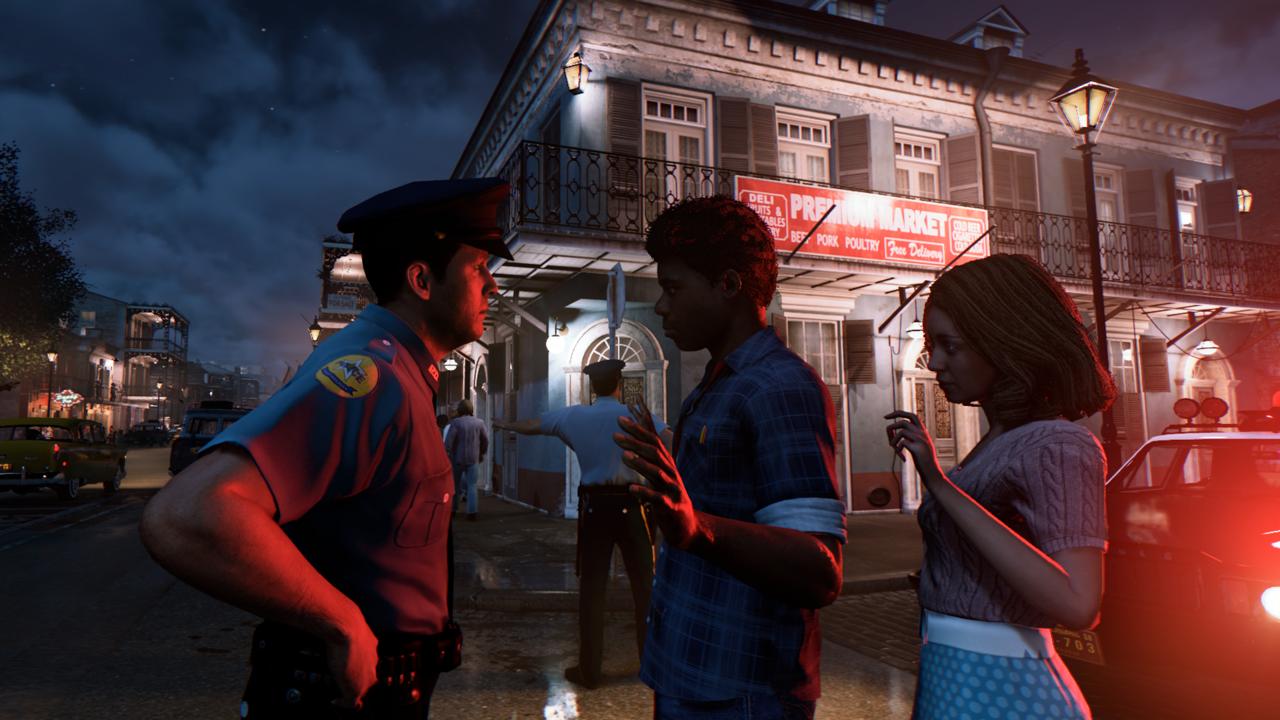
Breaking away from the series' traditional setting, Mafia 3 puts players in the shoes of Lincoln Clay, a Vietnam veteran wronged by the Italian mob. With his family and lieutenants by his side, include Mafia 2's Vito Scaletta, Clay sets out to seek revenge.
-
Skylanders Imaginators (PS4) - October 16, 2016
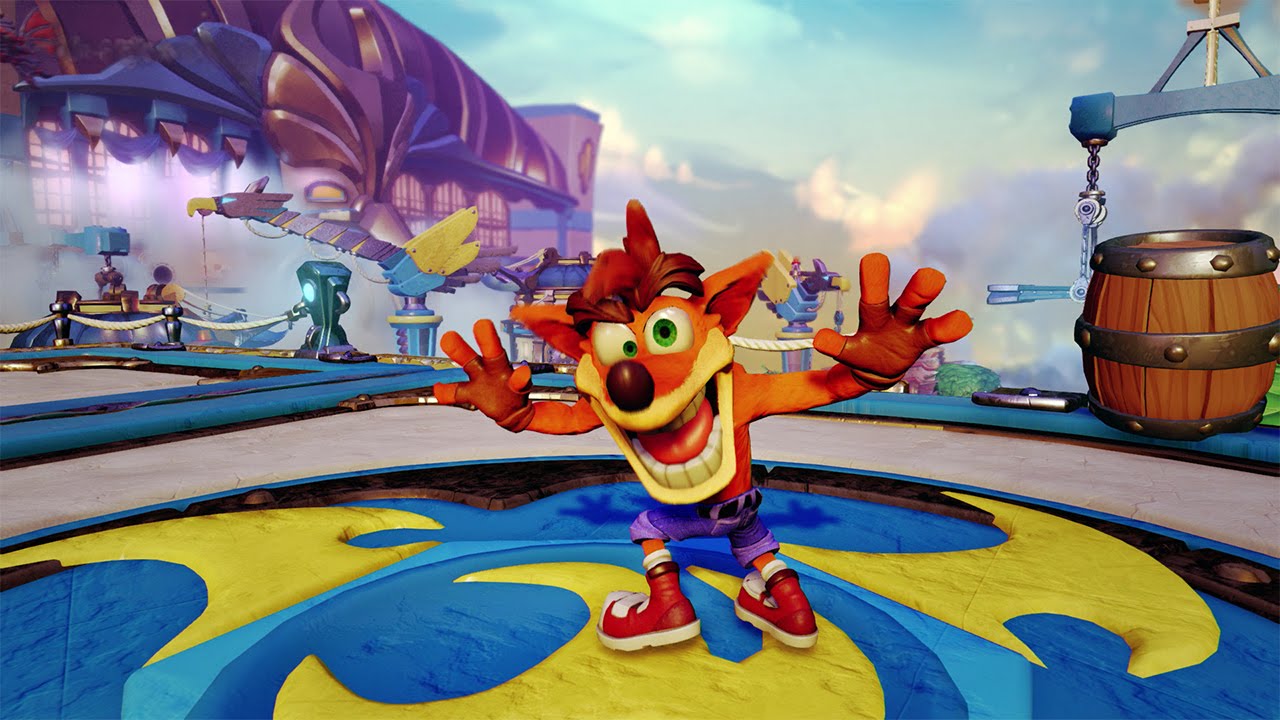
-
Battlefield 1 (PS4) - October 18, 2016
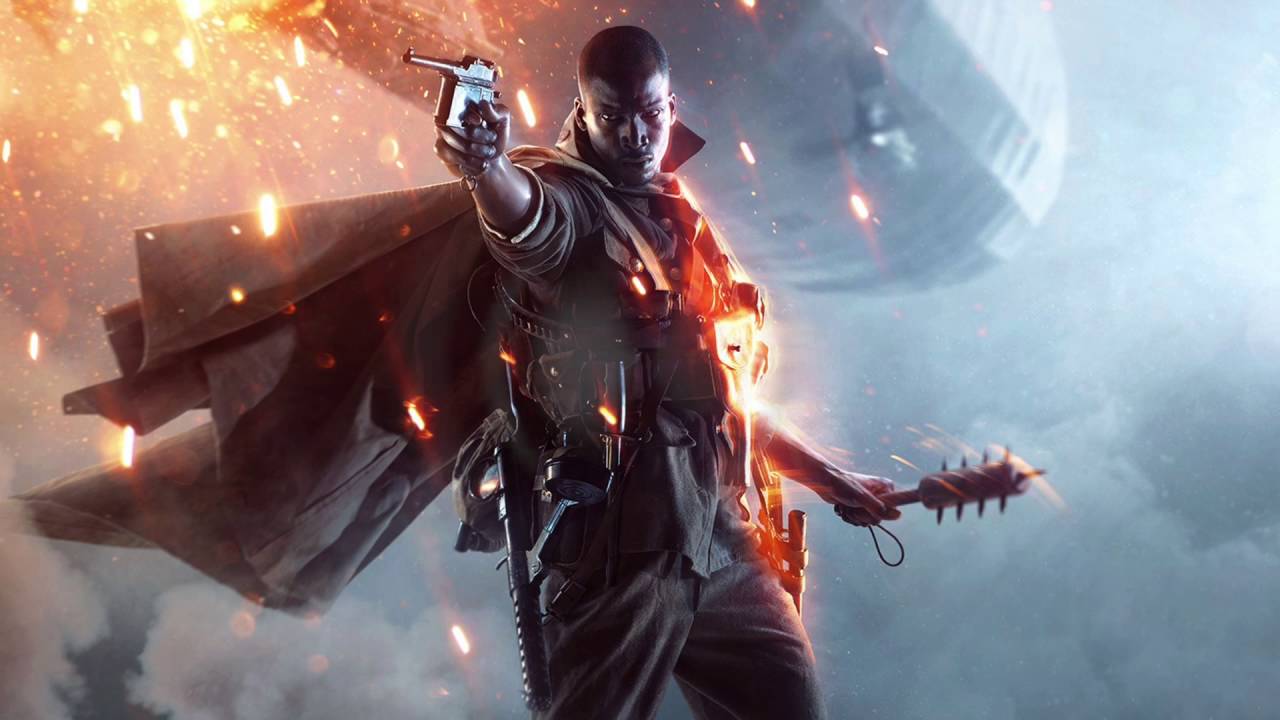
-
The Last Guardian (PS4) - October 25, 2016
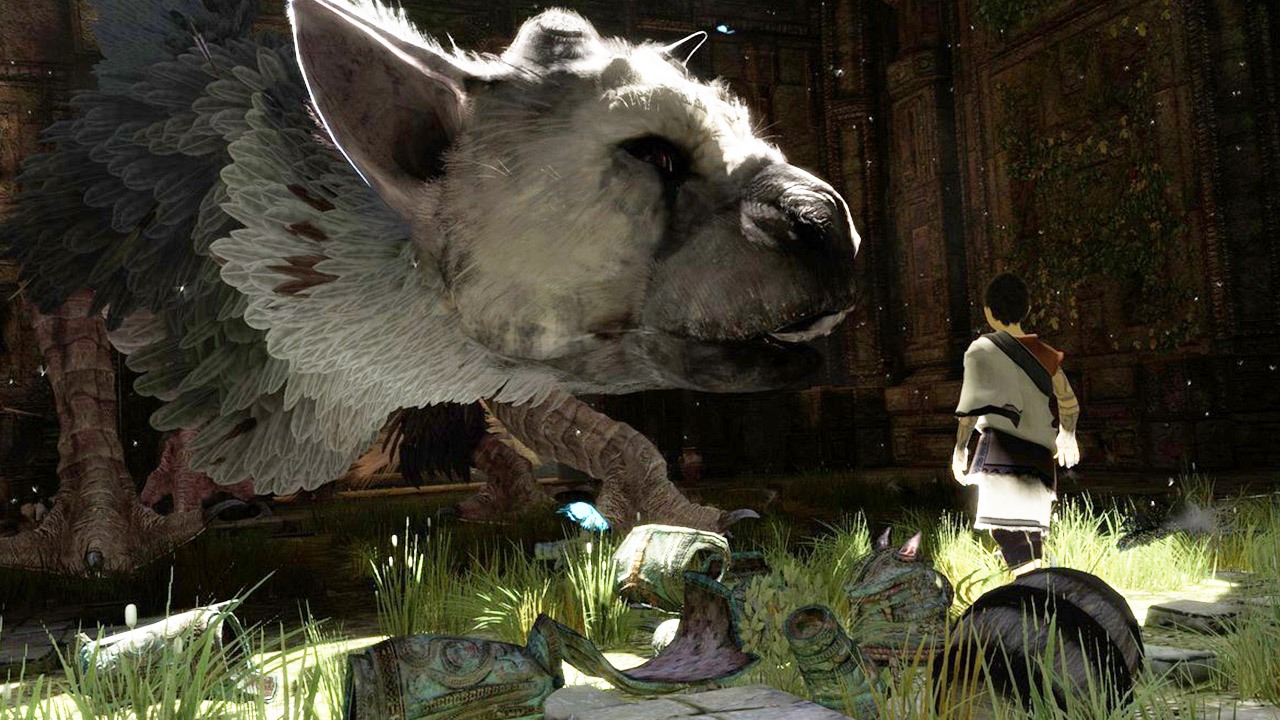
After all these years, The Last Guardian is (allegedly) set to be released this year on the PS4! Once thought of as vaporware, Team ICO's upcoming game was re-introduced with actual gameplay at last year's Sony E3 press conference with tumultuous applause -- and with good reason!
Will The Last Guardian live up to the hype? We can only hope, but Team ICO's track record has been solid so far.
Make sure to read our preview, and our in-depth feature on The Last Guardian leak (by us) for more on the title.
For every news and update we have for The Last Guardian, go here.
-
World of Final Fantasy (PS4/Vita) - October 25, 2016
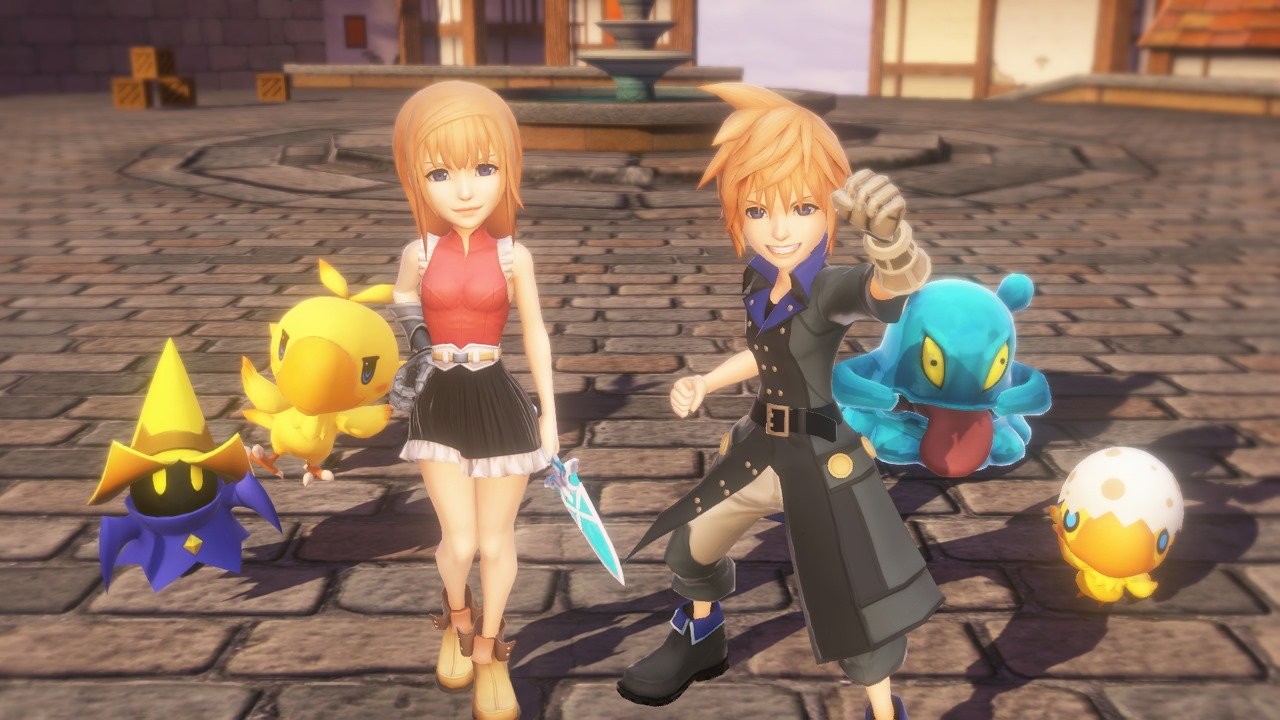
Square Enix looks to be going the path of cute collector with World of Final Fantasy for the PlayStation 4 and Vita. The game will feature many characters from Final Fantasy series past, along with what looks like Pokemon styled gameplay.
Check out all our updates for World of Final Fantasy here.
-
Just Dance 2017 (PS4) - October 25, 2016

-
Titanfall 2 (PS4) - October 28, 2016
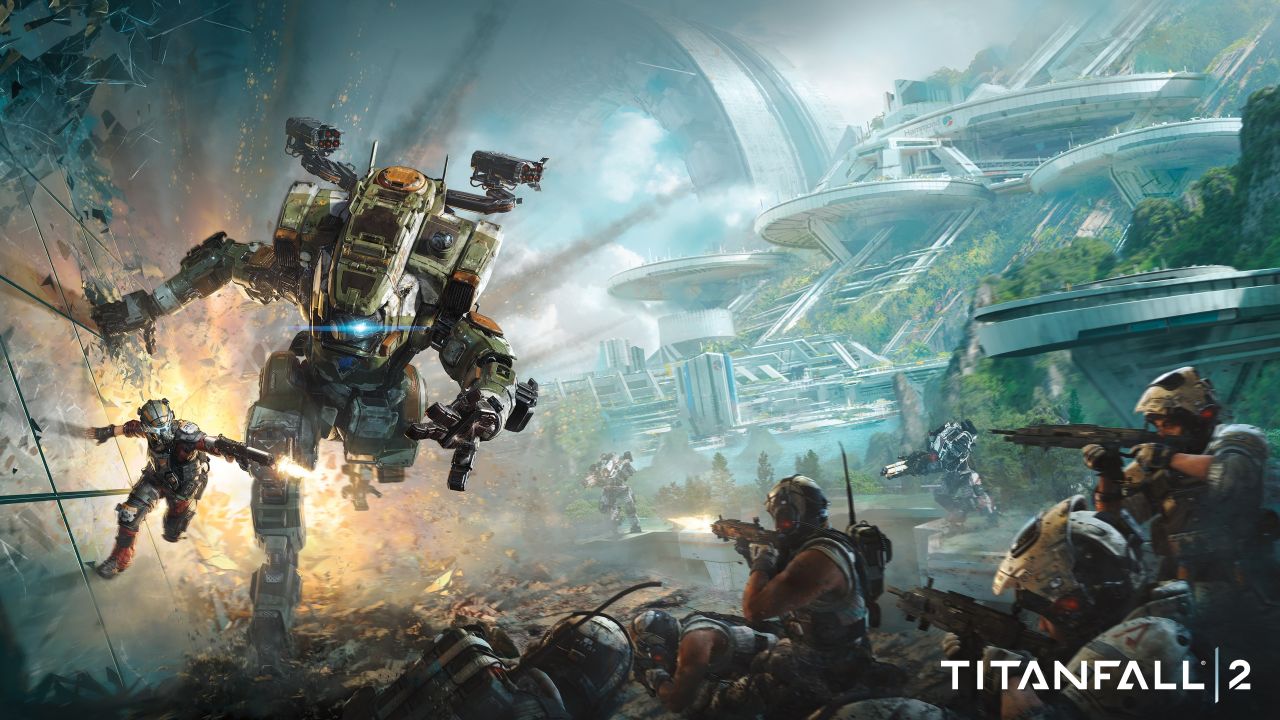
-
The Elder Scrolls V: Skyrim Special Edition (PS4) - October 28, 2016
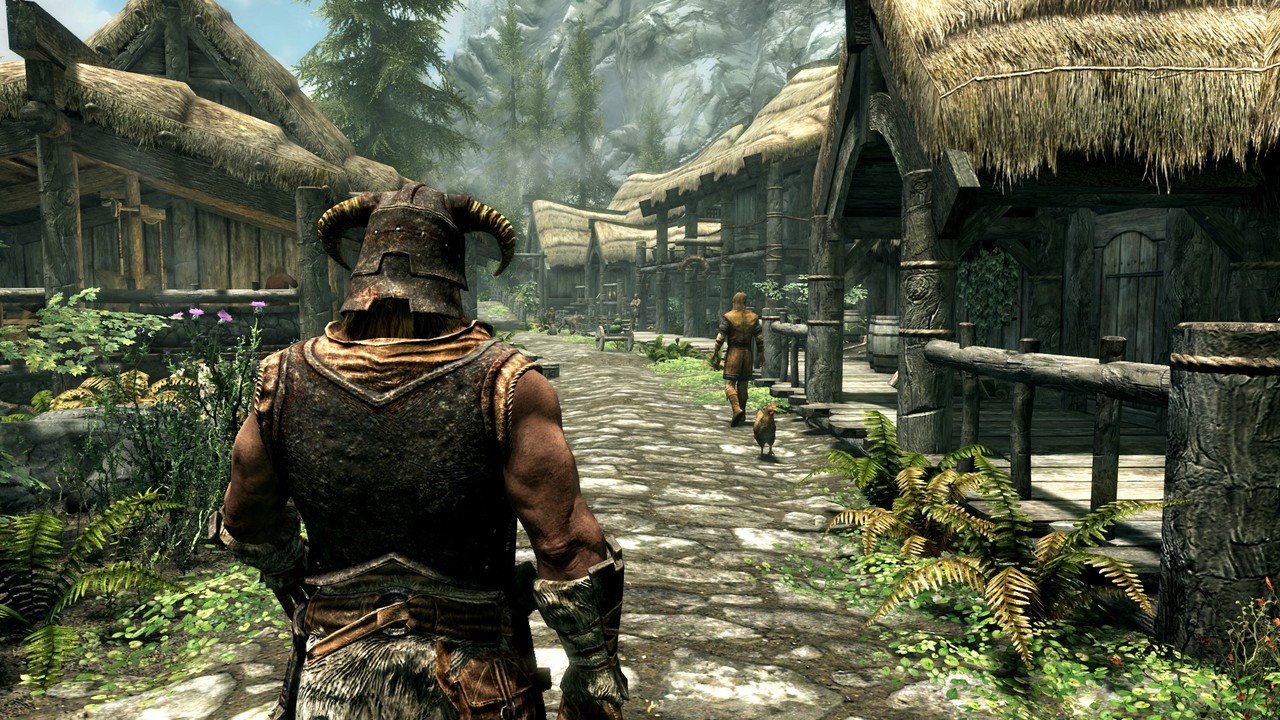
-
Call of Duty: Infinite Warfare (PS4) - November 4, 2016
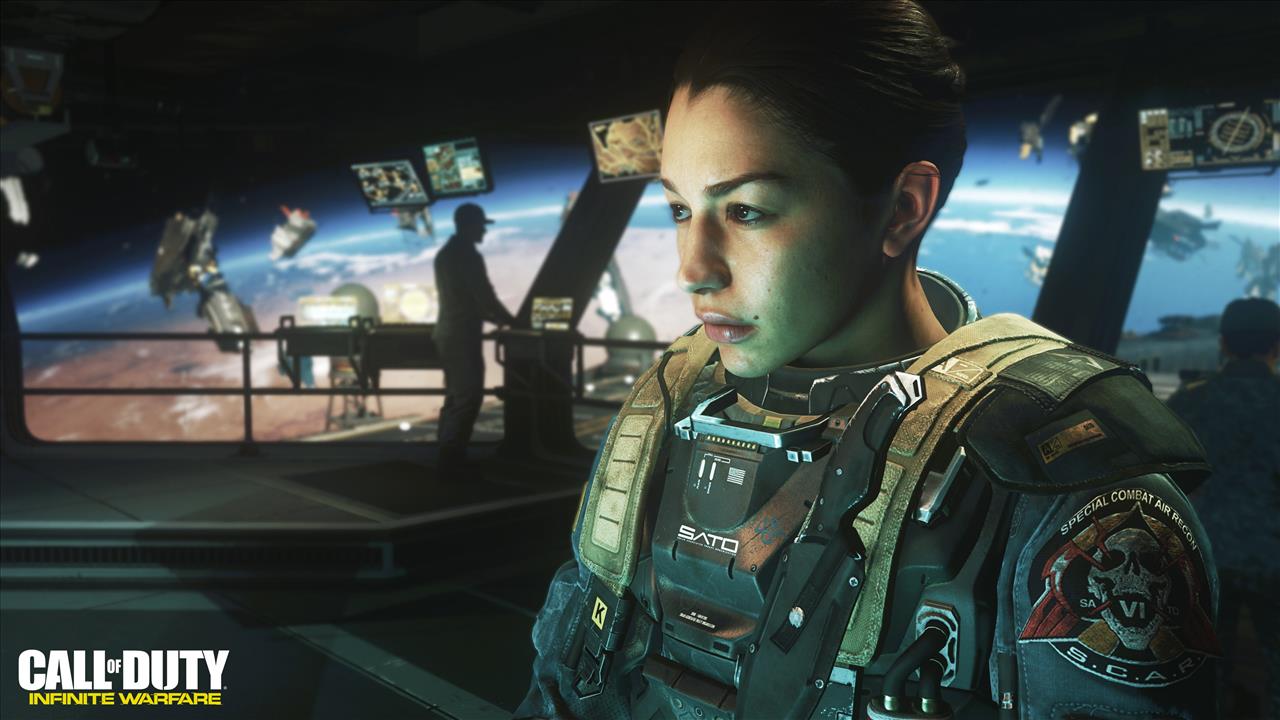
-
Dishonored 2 (PS4) - November 11, 2016
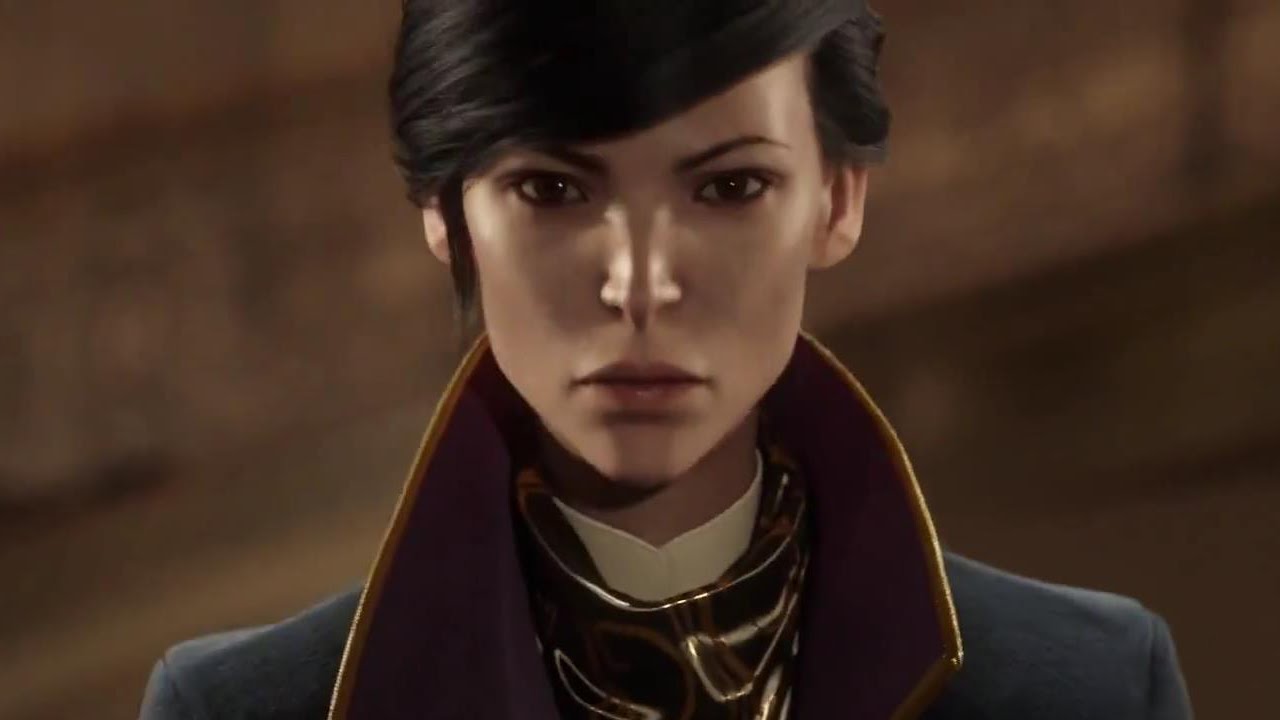
Announced at E3 2015, Dishonored 2 is a sequel to the critically acclaimed 2012 title. The upcoming stealth game takes place 15 years after the events of the original story, and allows players to choose between Corvo Attano and Emily Kaldwin. The coastal city of Karnaca already looks beautiful and promising, making Dishonored 2 one to watch out for this year.
For everything on Dishonored 2, hit up our page for updates.
-
Watch Dogs 2 (PS4) - November 15, 2016

-
Gran Turismo Sport (PS4) - November 15, 2016
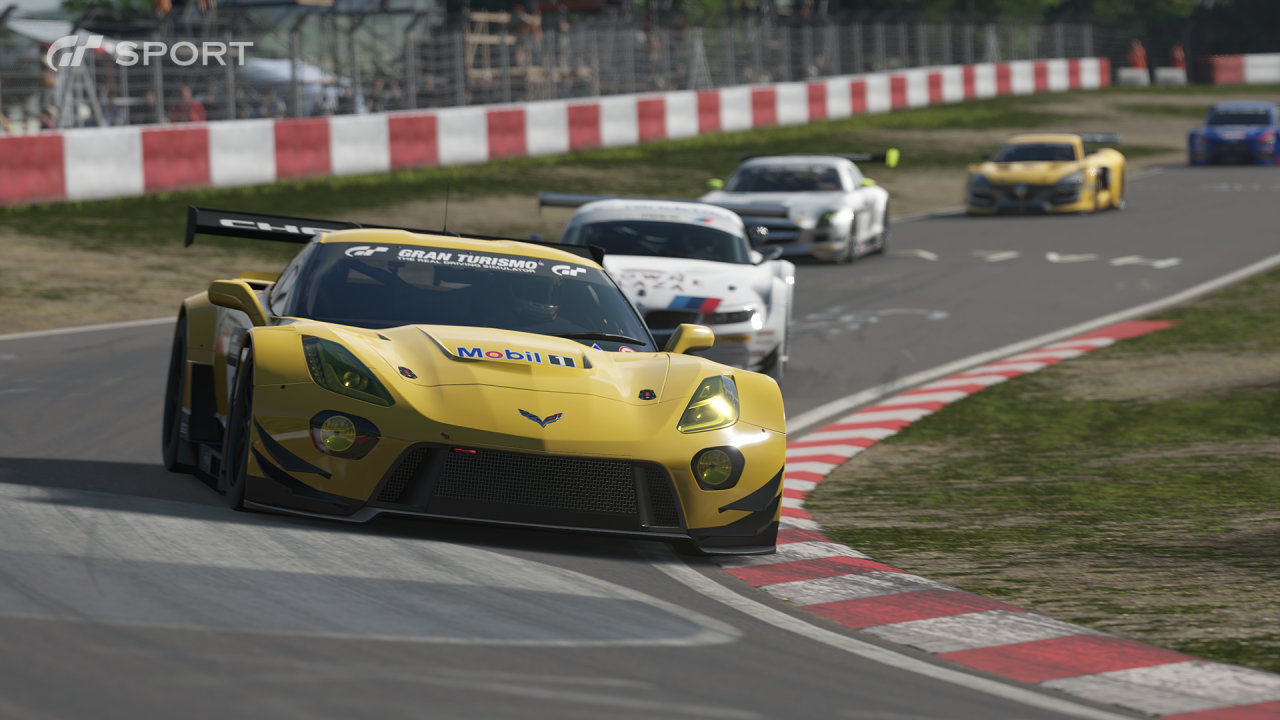
-
Ark: Survival Evolved (PS4) - Holiday 2016

Don't know what Ark is all about? It's an "open-world dinosaur survival game." Heck, that alone is very, very intriguing. Add in our glowing hands-on time with it, and well, it's perfectly understandable why we're excited to see how we'd survive during the prehistoric era.
You can read up on all our Ark: Survival Evolved news and updates here.
-
Persona 5 (PS4) - February 14, 2017
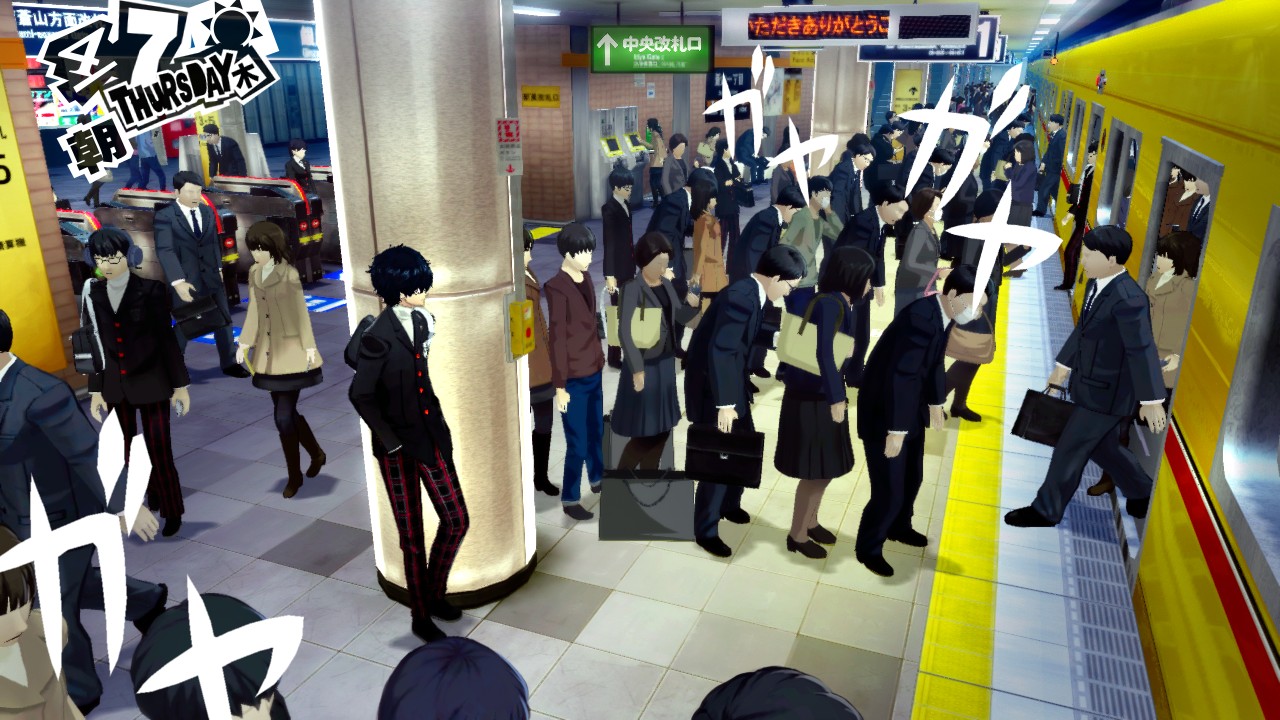
The Persona series has been a staple of RPG excellence in recent years and it looks to continue that trend with the latest entry; Persona 5. With an interesting art style, a great looking cast, and some gameplay tweaks, this looks like a possible RPG of the Year candidate.
For everything on Persona 5, hit up our page for updates.
-
Horizon Zero Dawn (PS4) - February 28, 2017
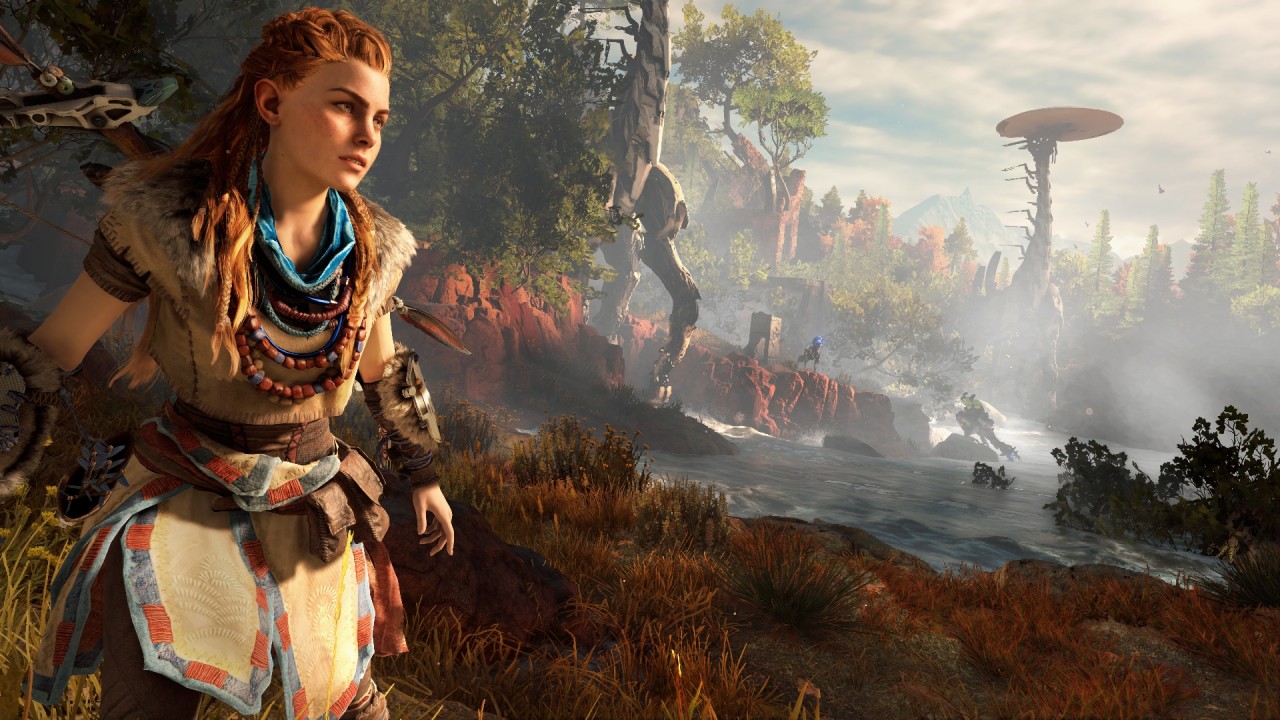
Horizon Zero Dawn not only looks interesting from a gameplay perspective, but it's also Guerilla Games' first big game outside of the Killzone universe. While that alone might be enough hook us in, what we've seen so far, and what we've previewed, has us very, very excited for Guerilla's upcoming title...let's just hope it doesn't get delayed.
You can check out all our updates on Horizon Zero Dawn here.
-
Dead Island 2 (PS4) - TBA
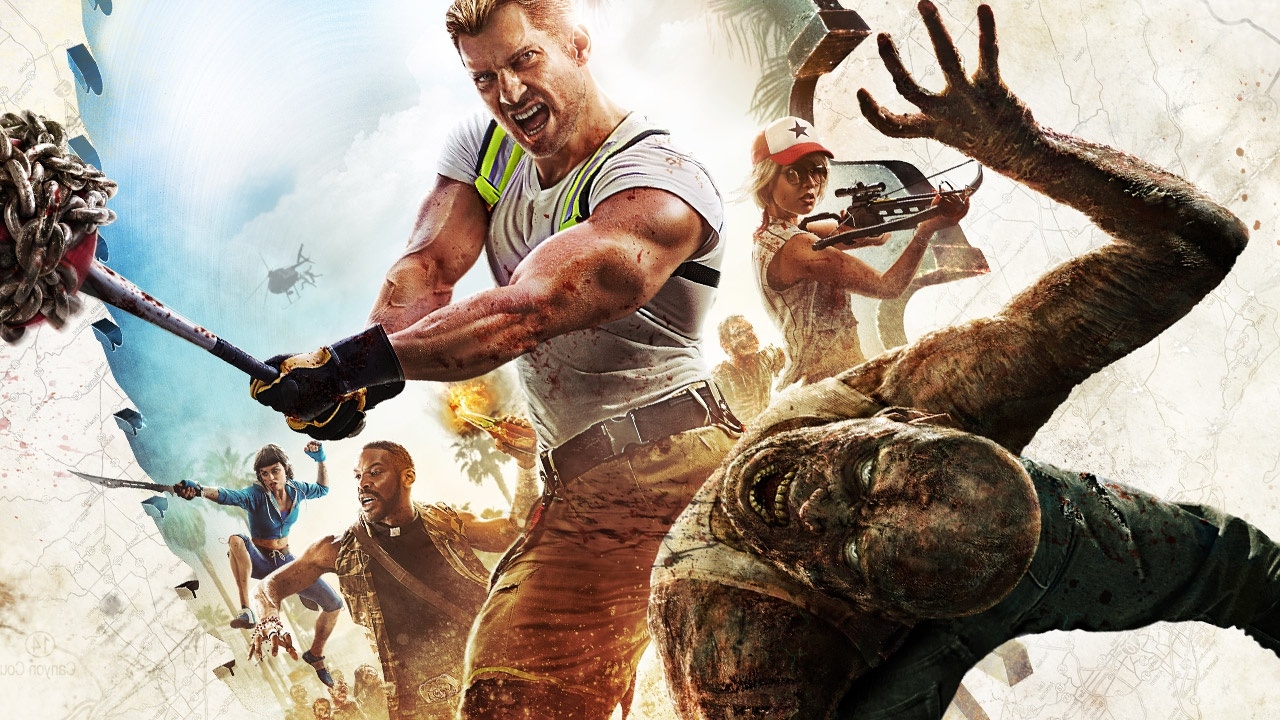
Originally in development by Yager, Dead Island 2 now is being worked on by a as-of-yet-unknown studio. While this leaves a big question mark on whether Dead Island 2 will keep its original 2016 release date, we're putting in the list for now.
Read up on all our Dead Island 2 updates here.
-
Outlast 2 (PS4) - TBA
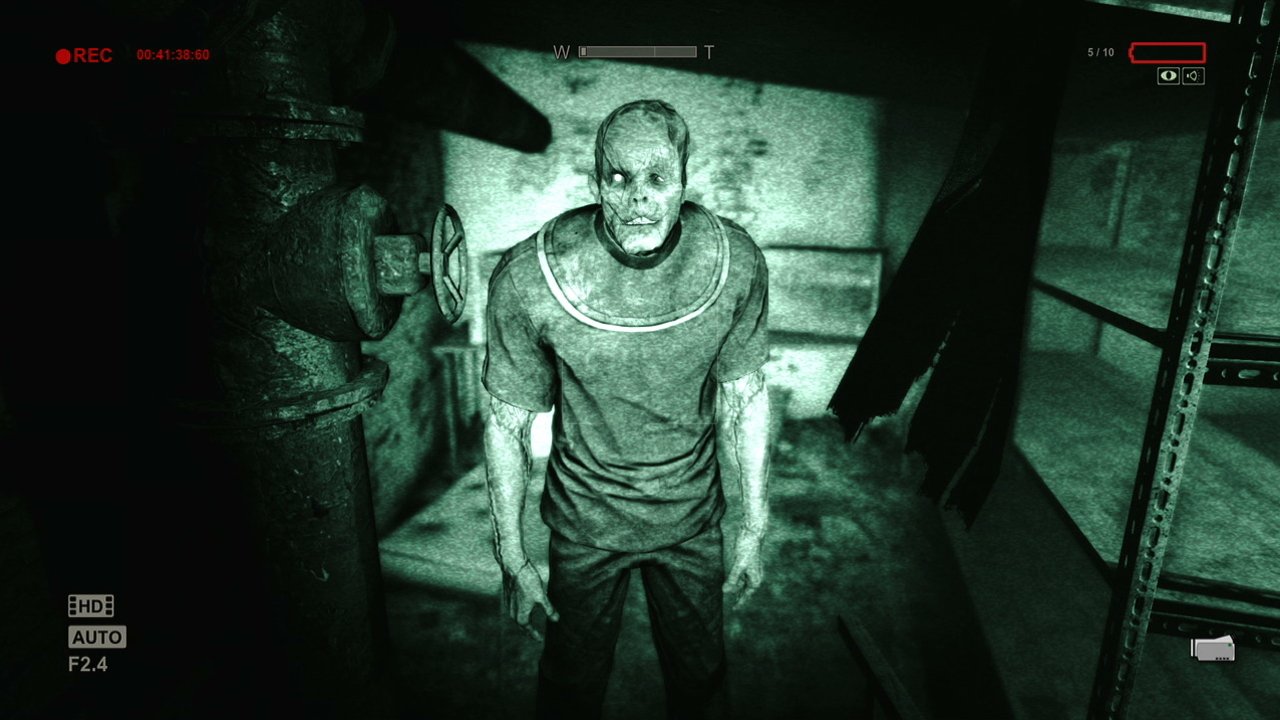
Confirmed for release this fall, Outlast 2 looks to continue where the first one left off in terms of scares, though not in story.
According to Red Barrels, players can expect the game to "test their faith."
If you've played the first one, then you're no doubt, looking forward to see what Outlast 2 will bring to the scare party.
Check out all our updates for Outlast 2 here.
-
Hellblade (PS4) - TBA
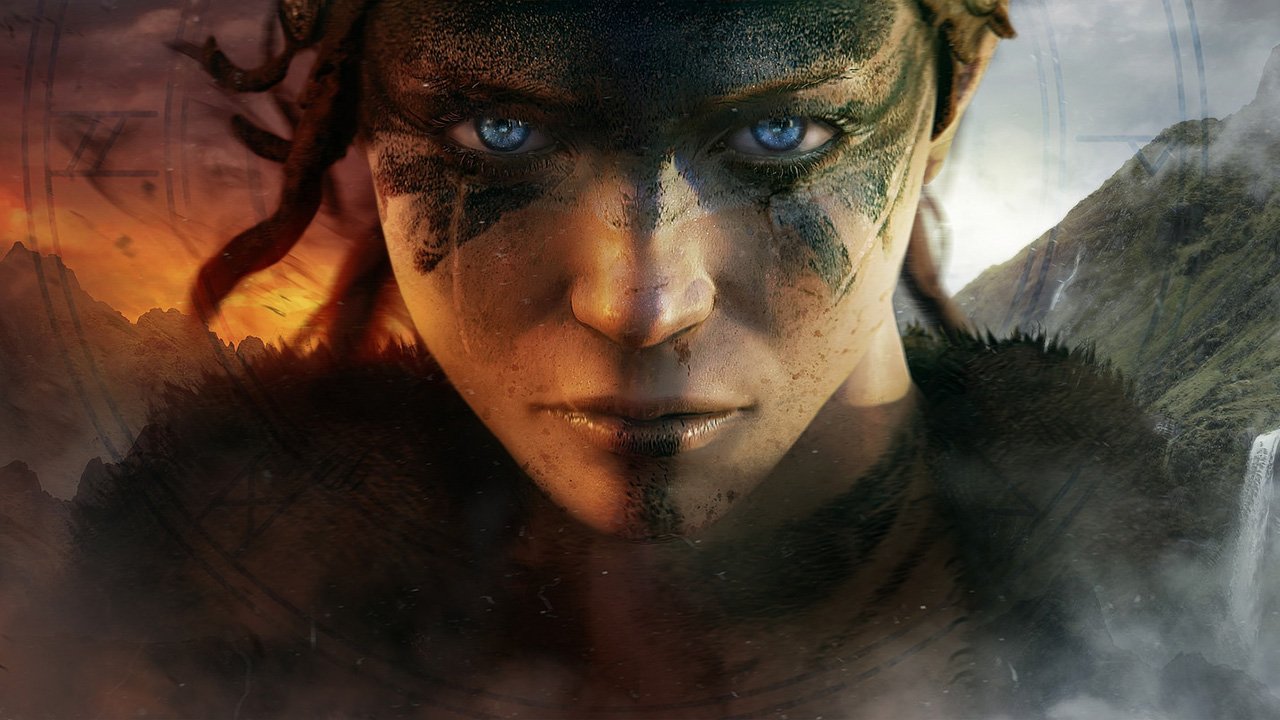
After working on solid action games like DmC: Devil May Cry, Enslaved and of course, Heavenly Sword, Ninja Theory is now working on a new IP from scratch in Hellblade. While Ninja Theory's last few games did well critically, it didn't do as well commercially. Will it finally change with Hellblade? We can't say for sure, but hey, it does look action-packed!
Check out our existing and all future updates to Hellblade right here.
-
Rise of the Tomb Raider (PS4) - TBA

We already know Rise of the Tomb Raider is a good game (read our sister site Game Revolution's review here), but the big question here is: is it good enough to withstand the Uncharted 4 juggernaut launching this year as well?
It's certainly a good year for action-adventure fans and Rise of the Tomb Raider will no doubt add to the plate of must-plays this year.
You can read up on all our Rise of the Tomb Raider updates here.
